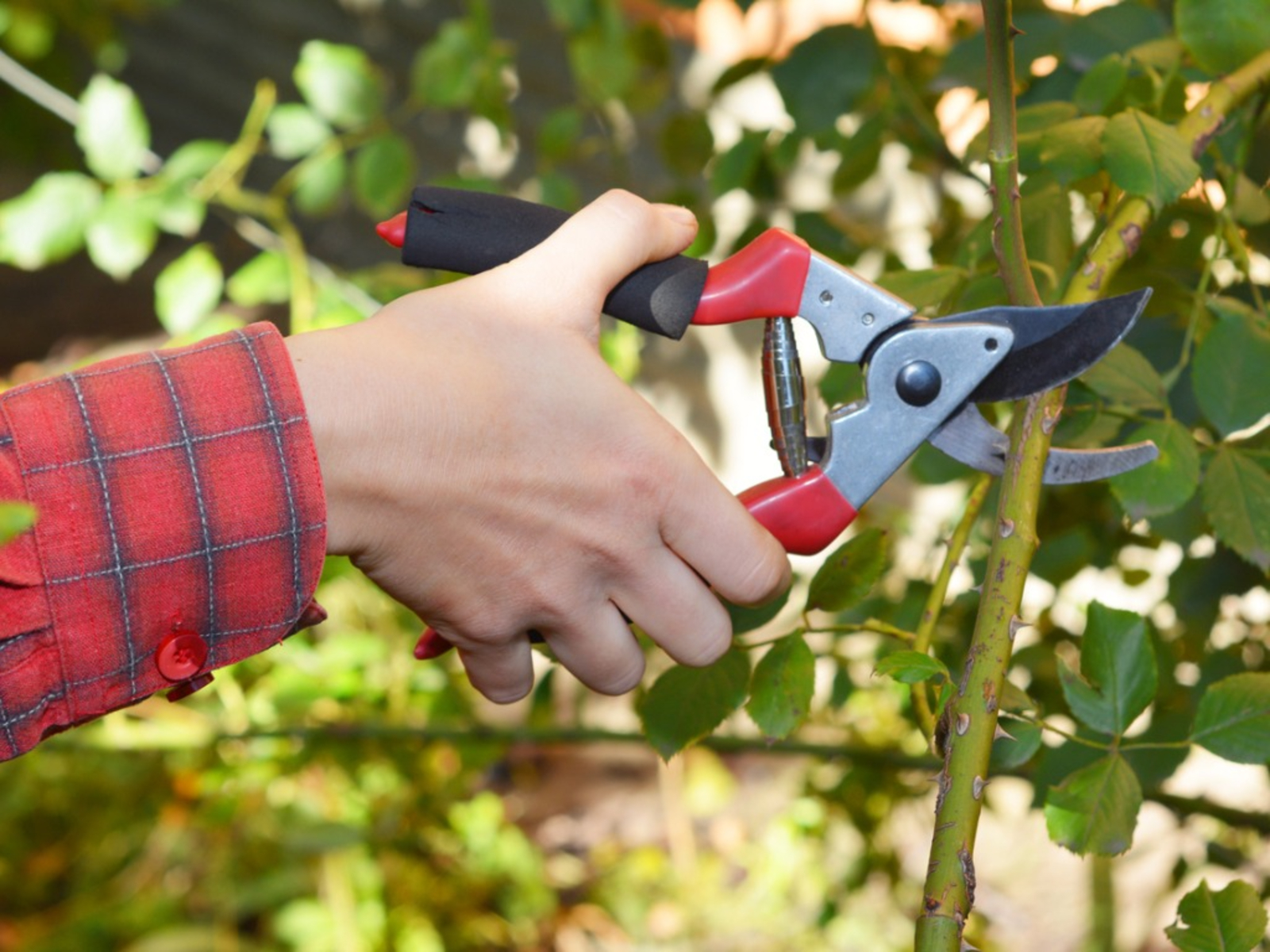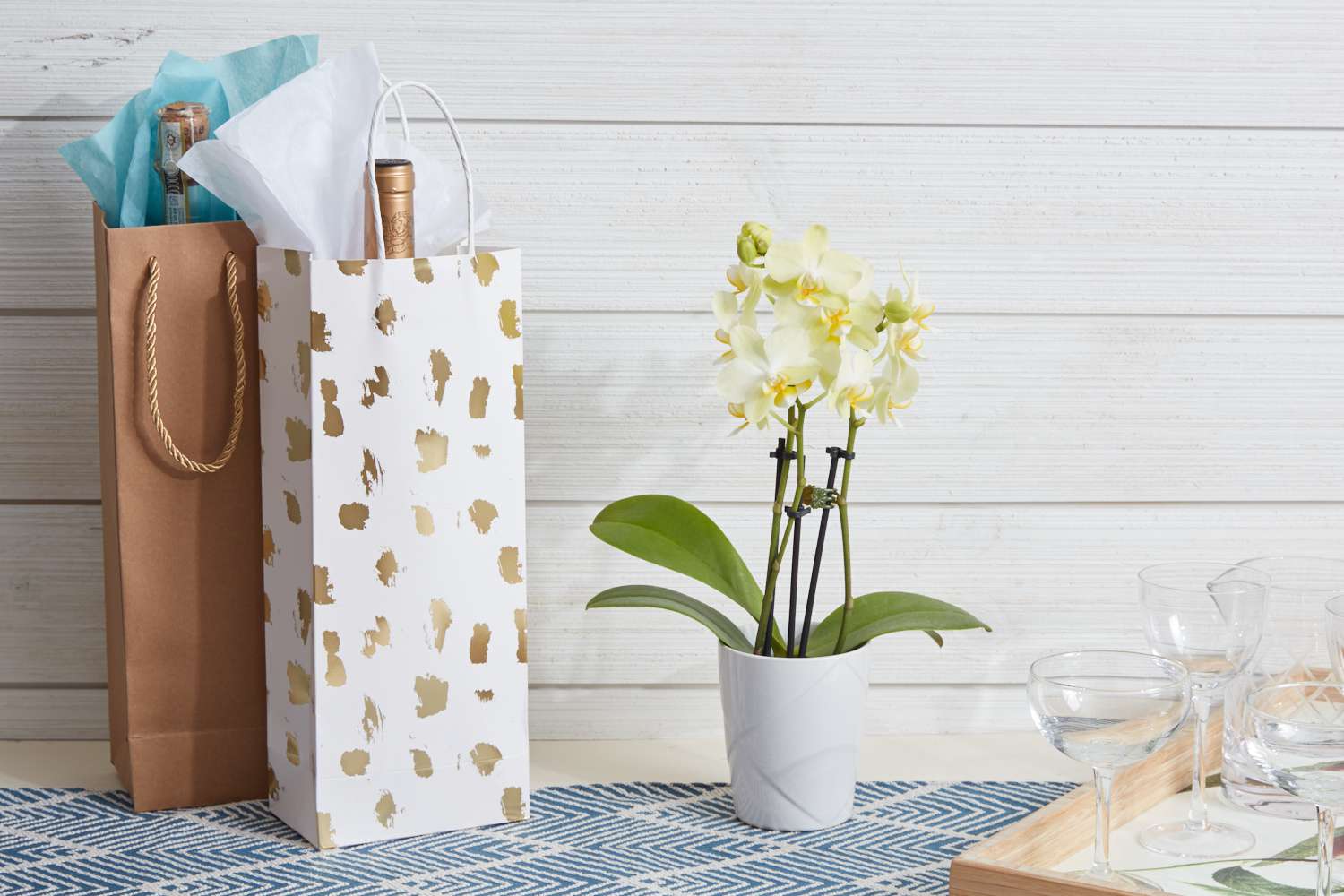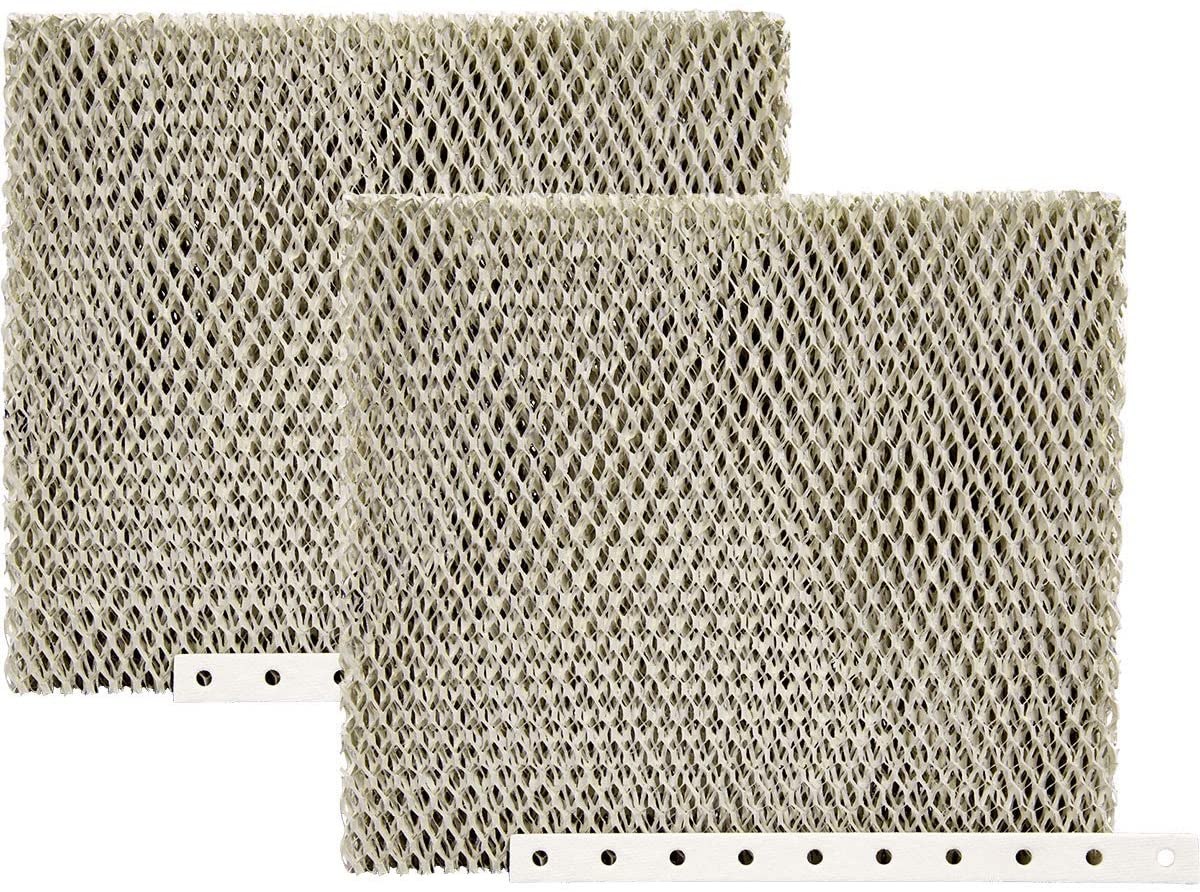Finding the right flooring for your home can be a difficult and time-consuming task. You want something durable, stylish, and affordable. Vinyl plank flooring may be your solution to all of these problems. It’s waterproof, so spills are no issue, it comes in many styles and colors to match any home decor, and it’s very affordable.
The best thing about vinyl planks is that they’re easy on your wallet while still giving you all of the design flexibility and customization options offered by other types of flooring. And unlike wood or stone, these floors will never warp or crack under pressure. They’re waterproof, durable, and available in many different colors, textures, finishes, and styles.
Keep on reading to learn more about vinyl plank flooring!
What is Vinyl Plank Flooring?
Vinyl Plank Flooring is an alternative to hardwood floors made from PVC plastic. They look like wood planks but without the maintenance that real wood requires. Since World War II, the material has been around when soldiers used sheets of it as makeshift armor against shrapnel.
Today, this versatile product can be found in furniture, cars and boats, and even clothing, making it one of the most popular materials. This type of floor covering looks great and offers some other benefits, including being easy to install. Learn how to install vinyl plank flooring here and see how easy the process can be.
Plank vinyl floor, also known as a luxury vinyl plank or luxury vinyl floor, is vinyl flooring in long, narrow strips and not the traditional square tile shapes.
Sheet vinyl is a flexible vinyl with a printed top layer covered by a clear wear layer, while vinyl plank flooring is a multi-ply product with four features. Therefore, luxury vinyl is five times thicker than traditional sheet vinyl.
On the other hand, plank vinyl floors have deeper embossing and better graphics, bringing it to a closer simulation of wood, unlike the previous sheet vinyl flooring and plastic laminate flooring.
What is the Difference Between Luxury Vinyl Plank and Luxury Vinyl Tile?
A luxury vinyl tile (LVT) is considered luxury vinyl plank flooring, but it’s not the other way around. LVT is also more expensive than vinyl planks. Vinyl tiles are thinner than flooring planks, so even though both products are similar in technical terms. The thickness of the mat will be an obstacle to the imaginary wood grain effect. Their main difference is their appearance. Vinyl plank looks like a wood plank, while luxury vinyl tile looks like a tile.

Image credit: https://www.flooringamerica.com/
What is the Difference between Vinyl Plank and Vinyl Sheet
Vinyl plank and vinyl sheet are almost the same. They share the same disadvantages. Vinyl sheet is absolutely perfect for utilitarian roles such as basement flooring and bathroom flooring. But vinyl sheets are totally different from vinyl planks.
dvantages of Vinyl Plank Flooring
Vinyl Plank Floor is Water Resistant
If you are looking for water-resistant wood flooring, then vinyl is the best option. It’s not as water resistant as laminate flooring, but it doesn’t crack and warp like hardwood floors do when exposed to too much moisture. Vinyl plank is always water-resistant because it’s made of plastic.
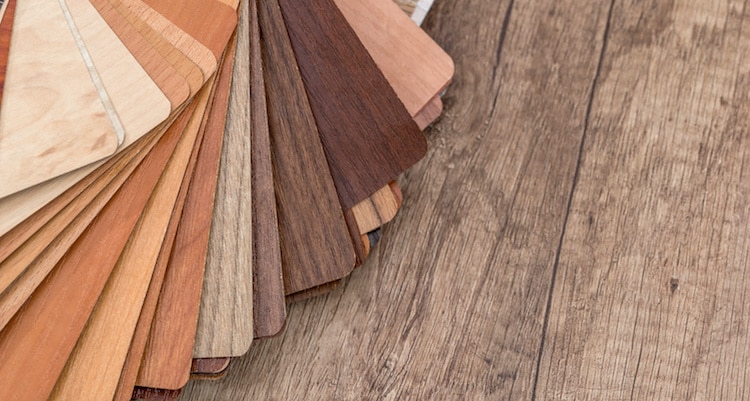
Image credit: https://vinylplankflooringprosandcons.com/
Most vinyl plank floors can be easily installed, making them waterproof as well. This makes it perfect for a mudroom and any other room that is frequented by dirt and wet.
Simple and Easy to Maintain
Vinyl plank flooring features a tough surface that is simple to clean. A single wash with the right product will remove most dirt and grime from your floor’s surface, making it look new again. They don’t require special maintenance like wood floors.
You can clean vinyl floors regularly, but you don’t need to stick to the cleaning schedule or use any expensive specialty product. Also, these floors should never be steam-cleaned, varnished, or waxed. The pressure of a steam cleaner can drive moisture down through the seams to the wooden subfloor.
Vinyl Plank is Great Scratch Resistant
Apart from being water-resistant, vinyl plank is also great scratch resistant. Thanks to its ultra-durable wear layer, it’s super hard to scratch, unlike hardwood, which will show dents and dings after years of use.
Easy to Repair
Repairing vinyl tiles is much easier than traditional wood flooring. All you need is to remove the damaged plank and install a new one without sanding and refinishing the entire floor. As you can see, you don’t need to break the bank to clean and maintain this type of flooring.
Installing a new vinyl plank for your flooring project is also easy as long as you follow the installation instructions on the purchase.
Highly Durable Flooring Option
Both luxury vinyl planks and tile flooring are stains, scratch, and dent resistant, making it great for high traffic areas, kids, and pets friendly. It’s extremely versatile and great for the bathroom and kitchen because it doesn’t chip or scratch easily.
However, you should pay attention to your flooring because low-quality vinyl flooring may scratch and blend easily. The floor shouldn’t be nailed down to reduce the appearance of black water stains around the nail’s head and also prevent interference with vinyl flooring’s waterproof and water-resistant ability.
You may need to use wood plastic composite [WPC] and stone polymer core [SPC] in subfloors. This is because some WCC and SPC flooring are thick enough to let vinyl flooring float on them, but not all WPC and SPC can do so.SPC vinyl flooring is thinner and has more density, especially the stone-based core.
Vinyl Flooring is Long Lasting
If you’re looking for long-lasting flooring material, then vinyl flooring is a perfect choice. Vinyl flooring has a lifespan of more than 25 years, so it’s unlikely you’ll ever need to replace any part of your flooring unless you damage it on purpose.
The lifespan of this type of floor material also depends on several variations. These variations include installation process, quality of the flooring, wear layer thickness, and maintenance. And if any planks get damaged, you can easily remove and replace them.
Luxury Vinyl Plank Can Go Where Hardwood Can’t
The perfect feature of luxury vinyl planks is that you can install them in places where solid wood flooring isn’t a good choice, such as below a radiator or a heating register. Because the rigid core keeps these planks from bending, you won’t have to worry about them wrinkling and buckling underneath the bulbous radiators.
It’s not affected by heat and humidity, making it a great alternative for wood floor bathrooms. Its water-resistant and waterproof nature can make it withstand even wet climates. Plus, vinyl plank is impervious to termites, so that you can install it outdoors as well. Vinyl flooring offers a good alternative in areas where wood installation will be tricky.
Vinyl Plank Flooring Can Add Resale Value to Your Home
Another benefit of vinyl plank flooring is that it adds resale value to your home. It’s easy to clean and maintain, so once you install them in a new home, they will stay looking fresh for years. Its durability will make the homebuyer know they’re getting a beautiful floor that will last for a long time.
Vinyl Plank Flooring Can Be Customized With Various Designs and Styles
You can get luxury vinyl floors with the same styles as the most expensive hardwood flooring. Get vinyl plank flooring in different colors, textures, and prints to create beautiful patterns on your floors.
This way, you can get vinyl floors that look just like luxury vinyl tile or any other kind of wood floor without paying five times more for real wood! Vinyl plank flooring is regarded as superior flooring to sheet vinyl and laminate flooring but less prestigious than solid hardwood and porcelain tile.
ffordable and Comfortable Flooring
Vinyl plank flooring is a more economical choice than genuine wood flooring but more comfortable and luxurious than laminates. With a vinyl plank floor, you get the same beauty as with the most high-end wood floors and extra comfort from walking on it. The base of the rigid core is attached with foam or cork underlayment to add comfort and provide sound absorption.
Vinyl plank flooring is usually made from recycled rubber tires mixed with plastic, and the rubber makes the floor more comfortable and reduces noise. Vinyl plank is also moisture resistant, making it a good choice for kitchens and other high traffic areas because of the slip resistance feature, which you will find important if you have children or pets.
Disadvantages of Vinyl Plank Flooring
Just like other floorings, both luxury vinyl and rigid core vinyl flooring have their disadvantages. Here are those cones:
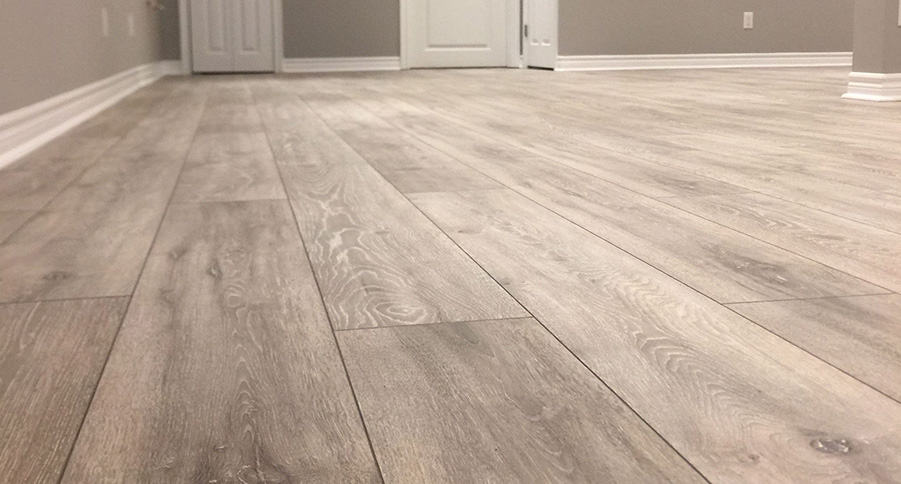
Image credit: https://homeinspectioninsider.com/
Vinyl Floor is Not a Natural Wood Floor
The disadvantages of vinyl plank flooring are all based on its lack of resemblance to real wood. Vinyl plank is just that,plastic. If you want a real hardwood floor look and feel, then vinyl is not the right choice for you. No matter how better the floor photograph mimics the natural wood, it will still feel hollow and hard when you walk on it. It won’t make the house feel as luxurious as natural wood.
It’s Prone to Fading and Discoloration
The second disadvantage of vinyl plank flooring is the inherent threat of fading. All hardwood flooring contains some amount of sunwood in their construction, including luxury vinyl and rigid core vinyl planks. Sunwood is a natural component found in real lumber that allows it to expand and contract with changes in humidity levels.
However, just because it contains wood does not mean your vinyl plank flooring is safe from the sun’s harmful rays. If you leave your home without blinds or drapes, and it doesn’t matter if you live, the sun will fade your floor within months. These products are prone to fading when exposed to direct sunlight.
Hard to Remove
While installing vinyl plank flooring is easy, removing the glued-down vinyl is quite another story. Think again if you consider vinyl plank flooring because it is easier to maintain than real hardwood.
Susceptible to Dents and Damages
The wood composite core is soft and susceptible to dents. It can handle some misuse for some time, but pulling and pushing furniture, dropping sharp items, and walking with high pointed heels will scratch, dent, stain, and gouge the flooring.
Give it some time after installation before bringing in your furniture. Also, select a padded back version of SPC flooring to prevent unwanted noise and vibrations when people walk into the room.
Vinyl Plank Floor Cannot Be Refinished
The vinyl plank floor is very light and thin to refinish and repair. The top prefinished wear and tear-resistant layer make it hard to repair. If you misplace the plank, it cannot be refinished with a matching shade or texture.
Seams on some vinyl plank floors are too noticeable and may require tile-look lines rather than the usual straight line installation pattern. It is preferred that you plan your layout before installing to avoid visible seams in your home.
Vinyl Plank Floor Resale Value is not as High as Hardwood
This flooring material has limited resale value, unlike hardwood. The value of the house is limited and not too much unless you change the material or upgrade.
It’s a Non-Biodegradable Material
The manufacturing of vinyl flooring requires the use of toxic chemicals, and after installation, it emits high volatile organic compounds which are not eco-friendly. These off-gassed VOCs can affect the health of indoors, especially if there are no windows or proper ventilation.
The New Engineered Vinyl Plank Flooring with Adhesive Strip
This is the latest version of vinyl flooring. It’s quite different from the traditional one with its smart courses. The designs are purposely created to prevent visible seams, no gapping or expansion gaps, and resistant to most chemicals, including pet urine, water damage, mold, and mildew.
You can install this type of vinyl plank flooring much easier than the old version; peel and stick. It can be installed in just an hour or so in a moisture-free work environment. However, the downside is that this type of vinyl plank flooring is more expensive than the old version.
You can also call it a more water-resistant engineered wood floor because moisture changes won’t affect the vinyl core like a layered engineered core.
FAQS on Vinyl Plank Flooring Review
Is vinyl plank flooring toxic?
Vinyl flooring emits a gas that is considered toxic, especially to people with underlying respiratory conditions.
How long does vinyl plank flooring last?
It can last from 5 to 25 years, depending on the quality and your level of maintenance.
Final Thought on Vinyl Plank Flooring
Vinyl flooring has many benefits. It’s not as expensive as hardwood, and it’s easy to install and maintain. The biggest selling point of vinyl planks is that they’re durable, waterproof, and scratch-proof. So, if you don’t want to worry about refinishing for years, then vinyl planks are a great choice.
The post Vinyl Plank Flooring Review: Pros and Cons appeared first on Kitchen Infinity.

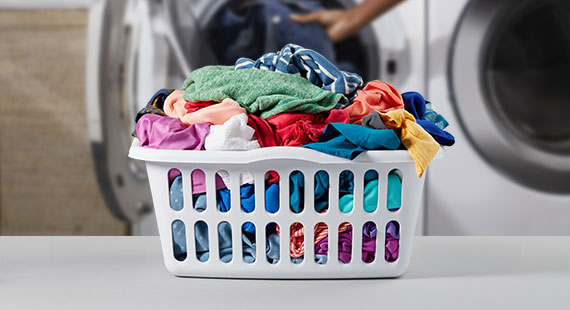

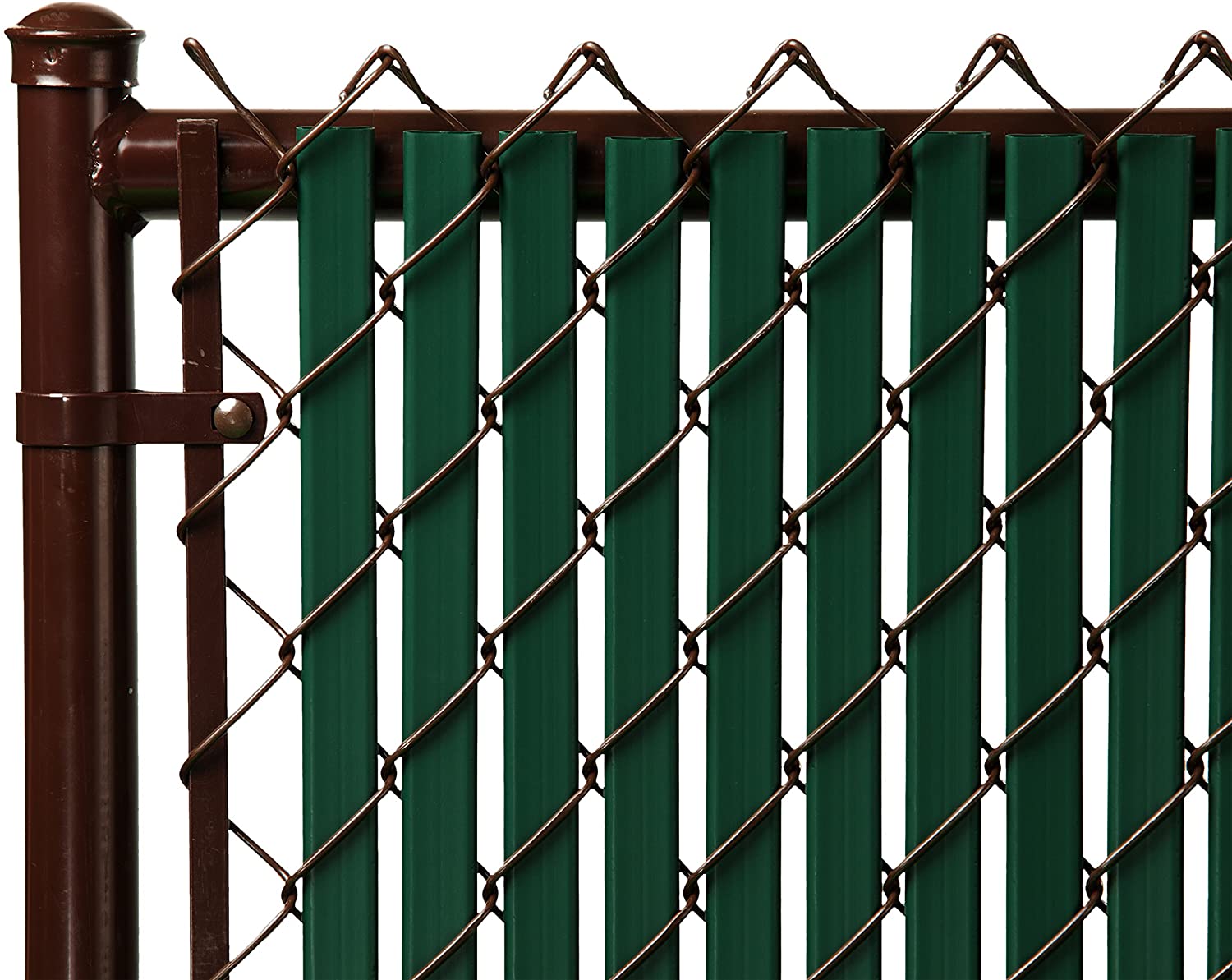
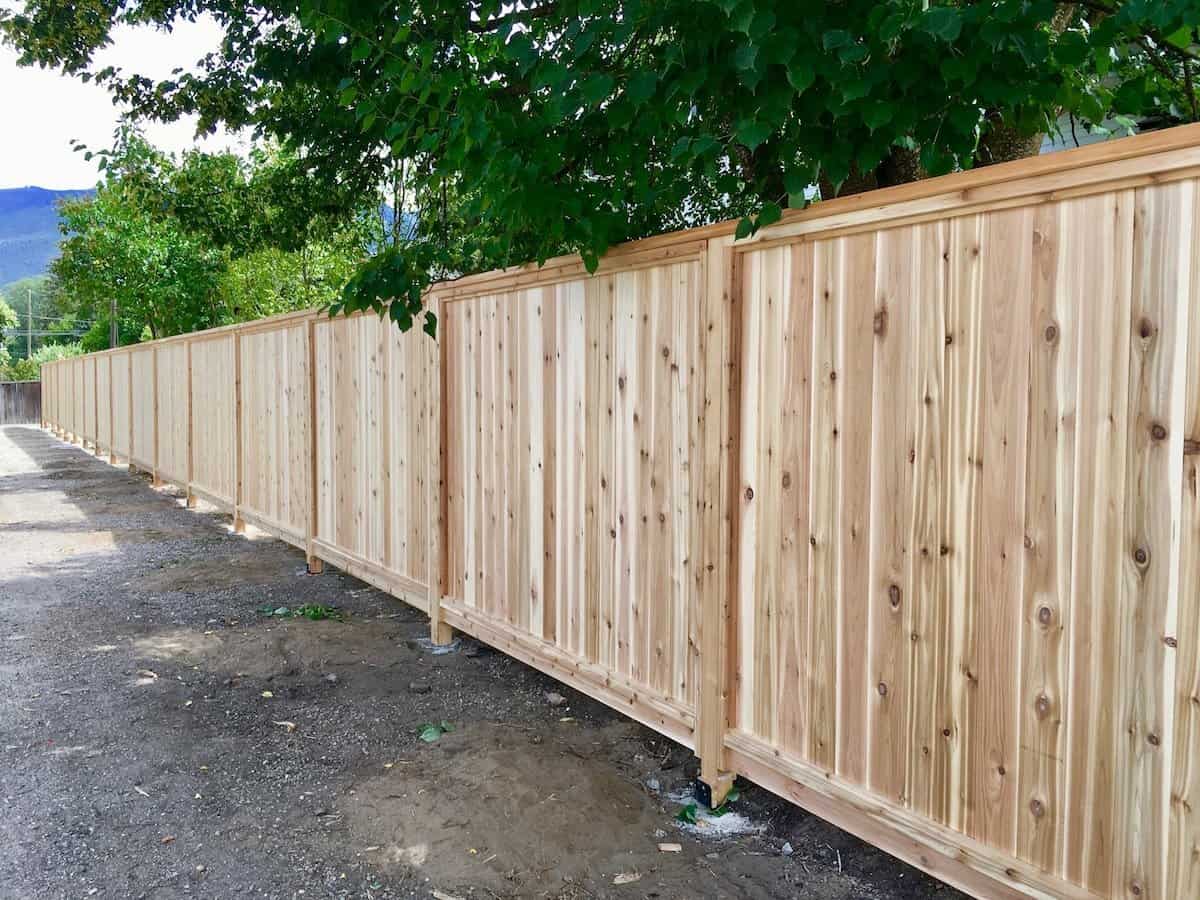




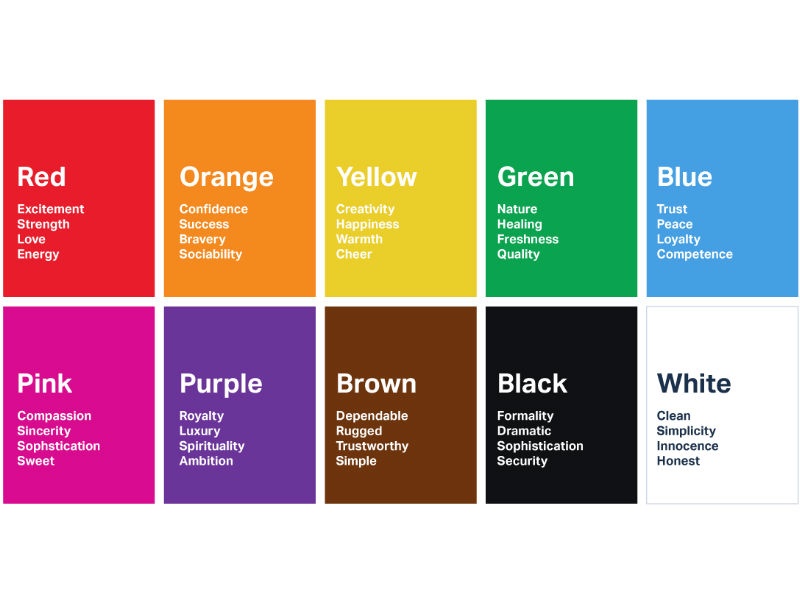




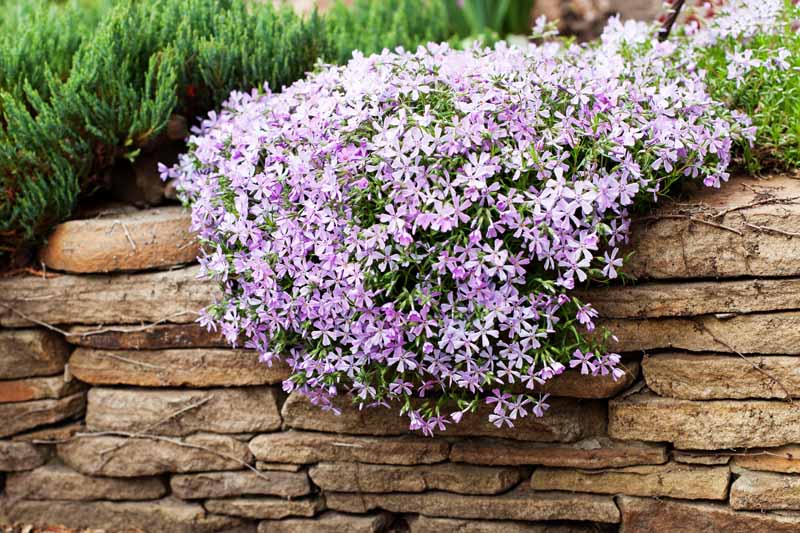
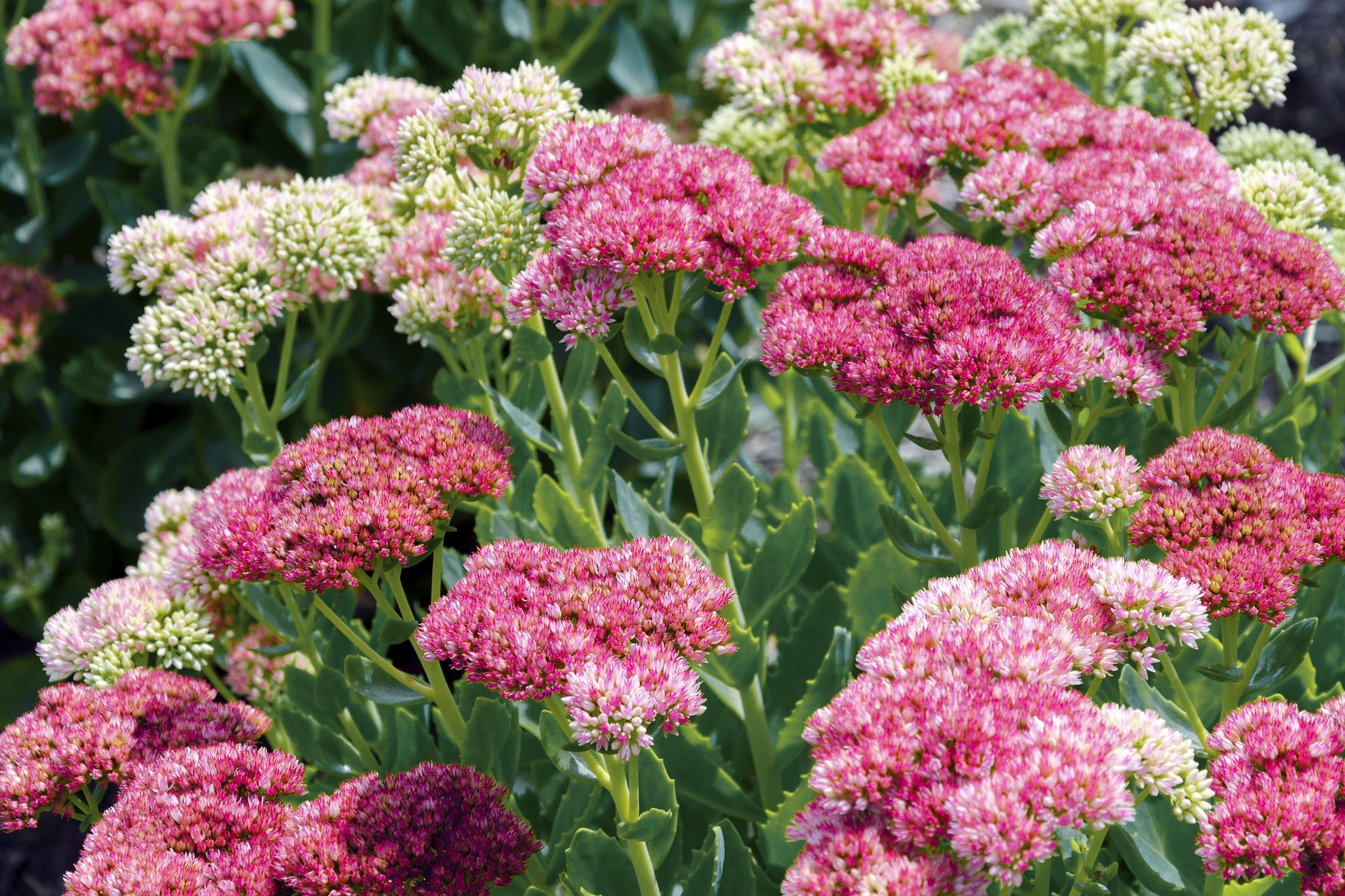
/how-to-grow-russian-sage-1402795-hero-f437971649e4482e82badf89e598d723.jpg)
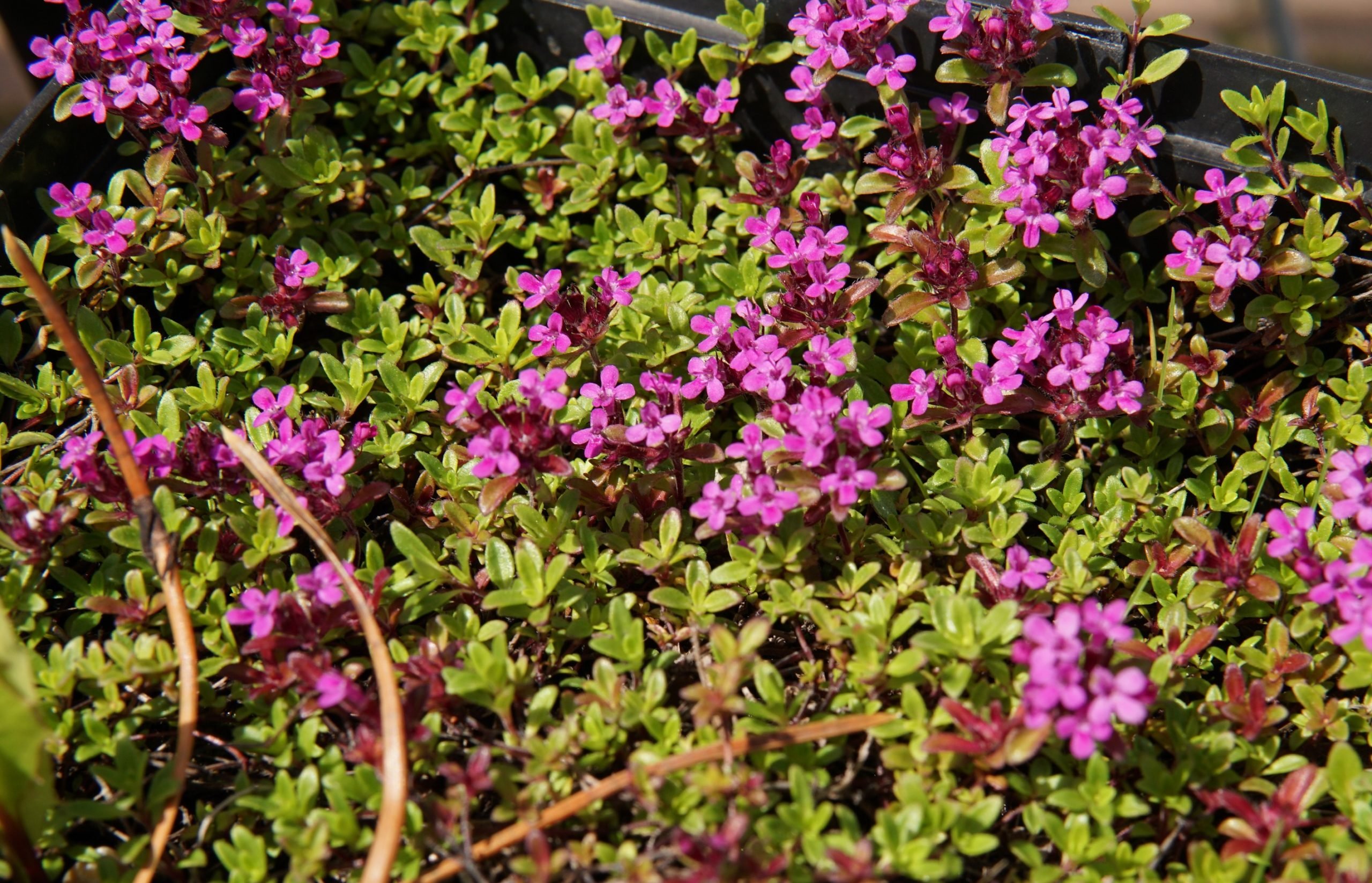

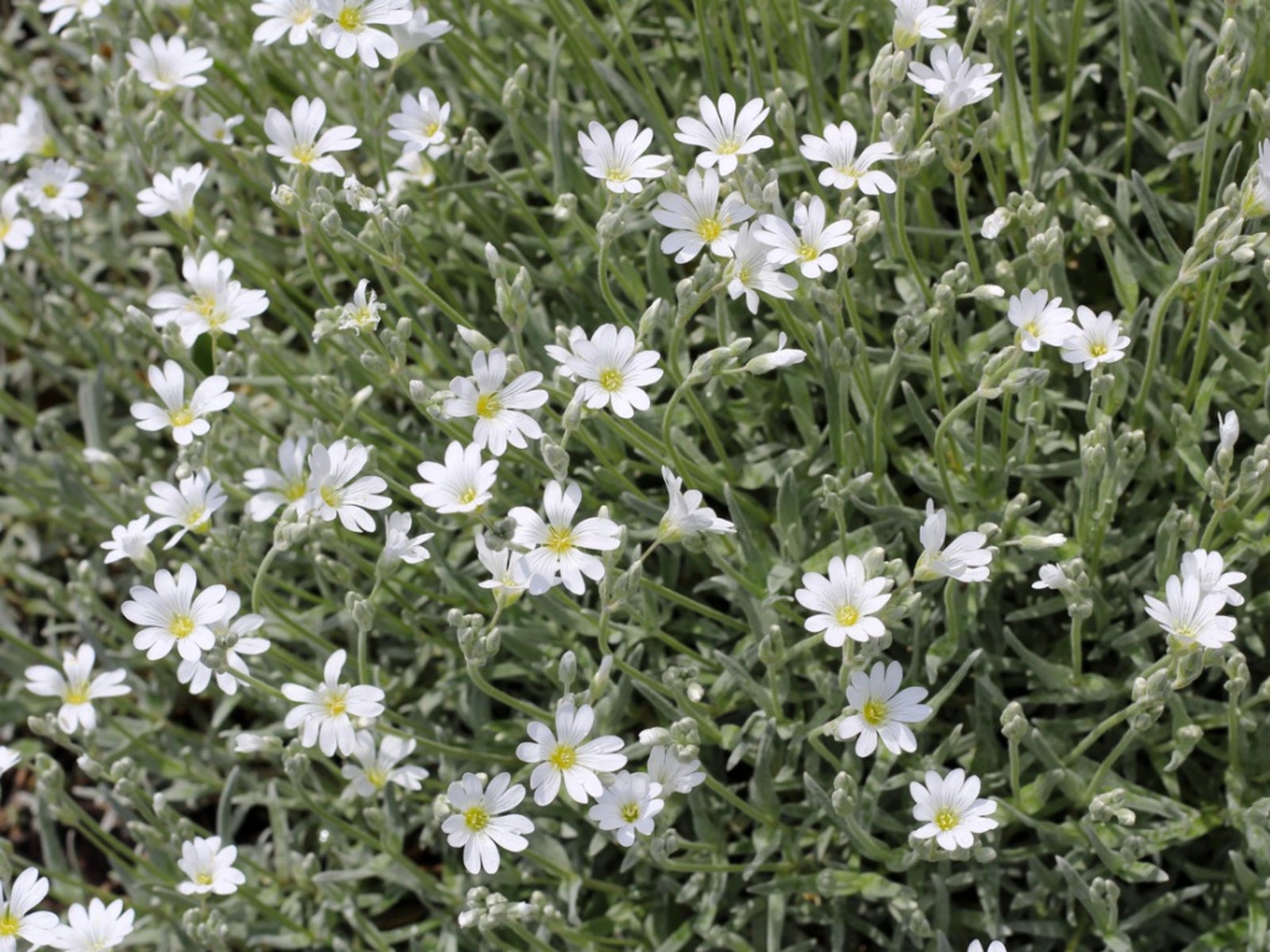
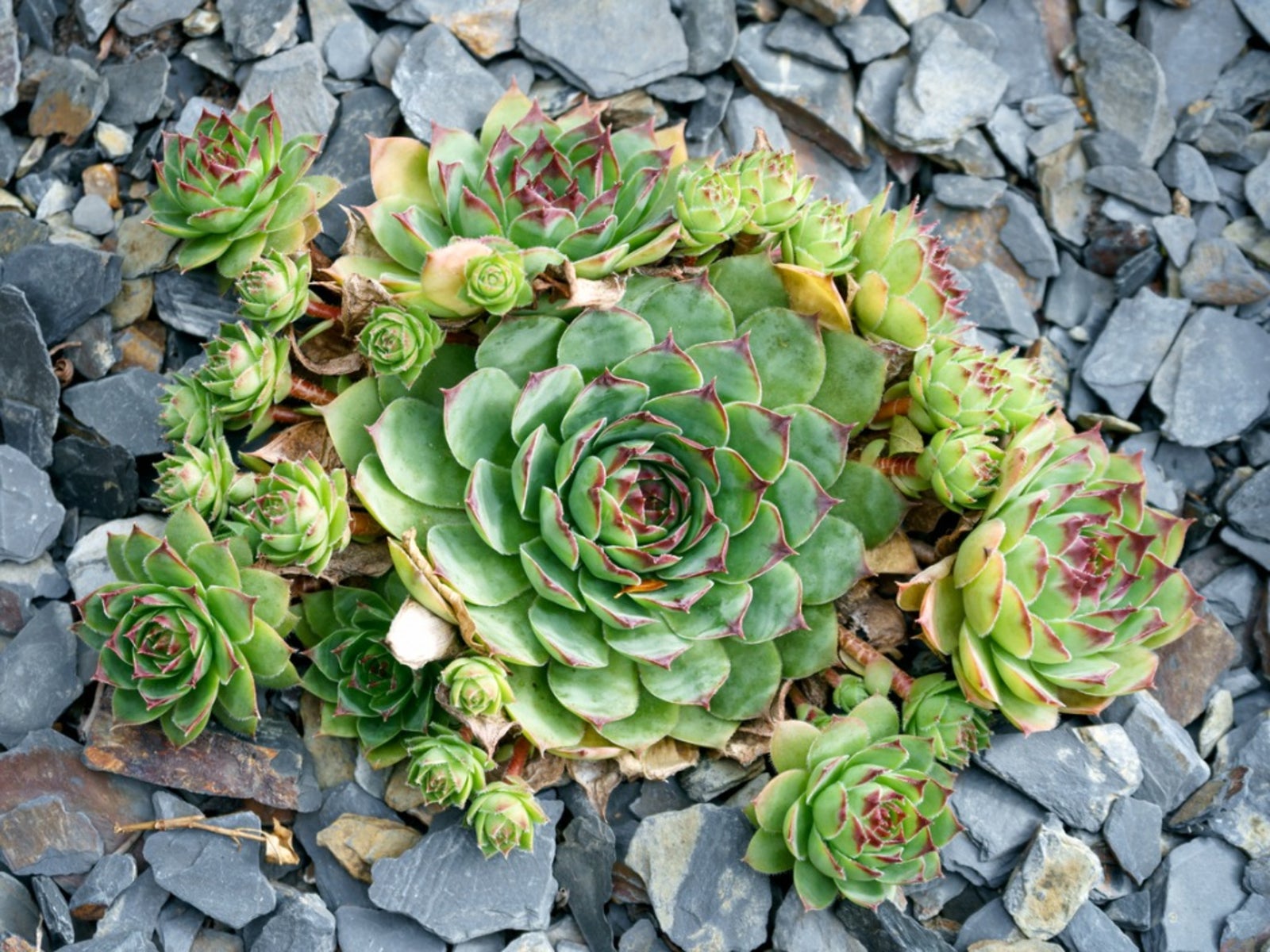
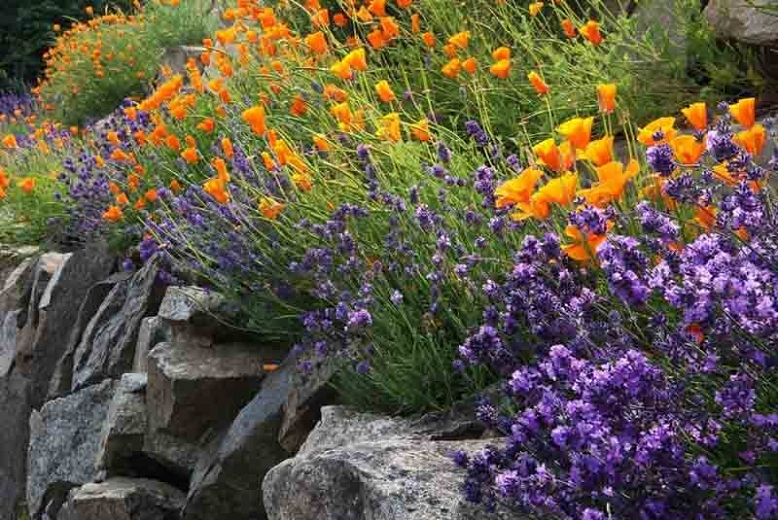

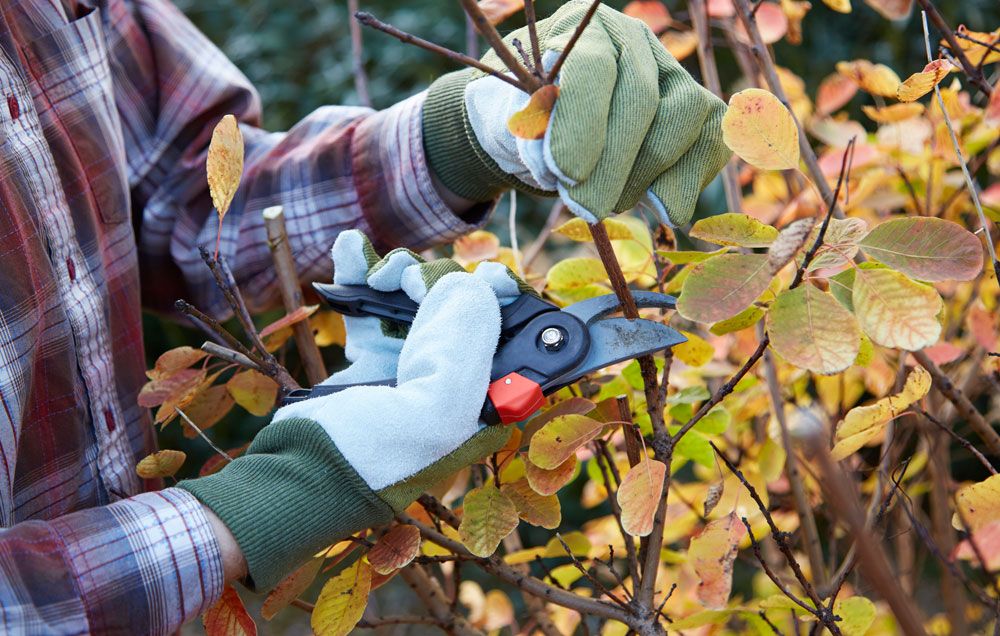
/pulling-sucker-away-from-rootstock-of-bush-rose--wearing-protective-glove--close-up-103313972-5b29a338fa6bcc00360d31ce-5c4e8cbd46e0fb0001c0dad6.jpg)
